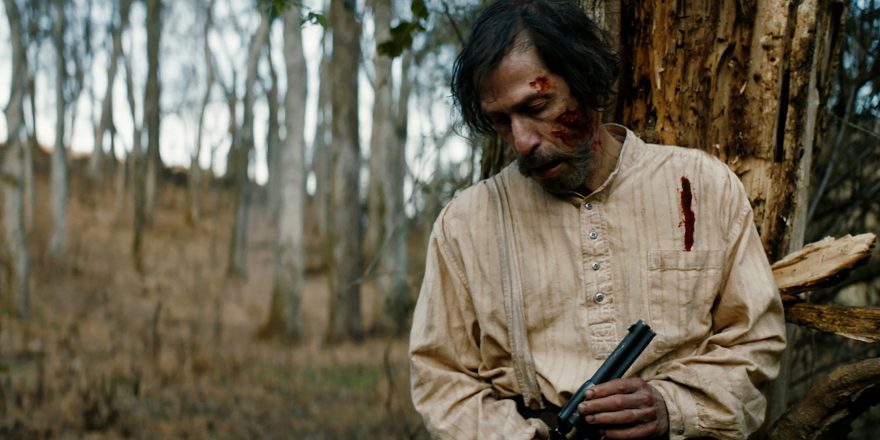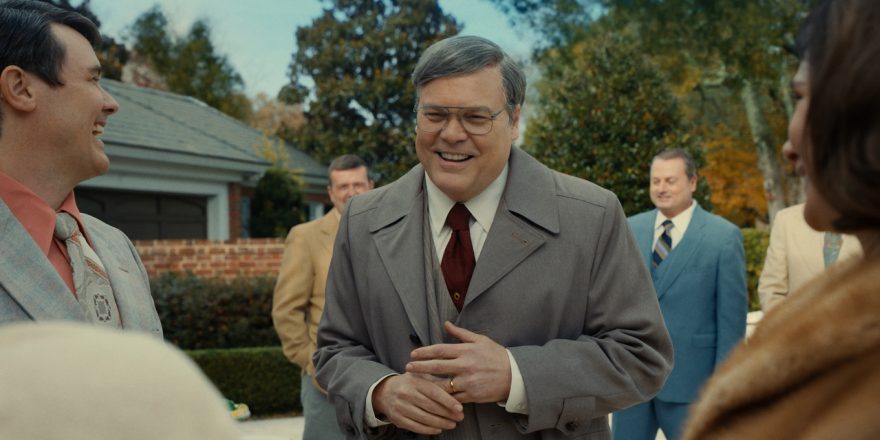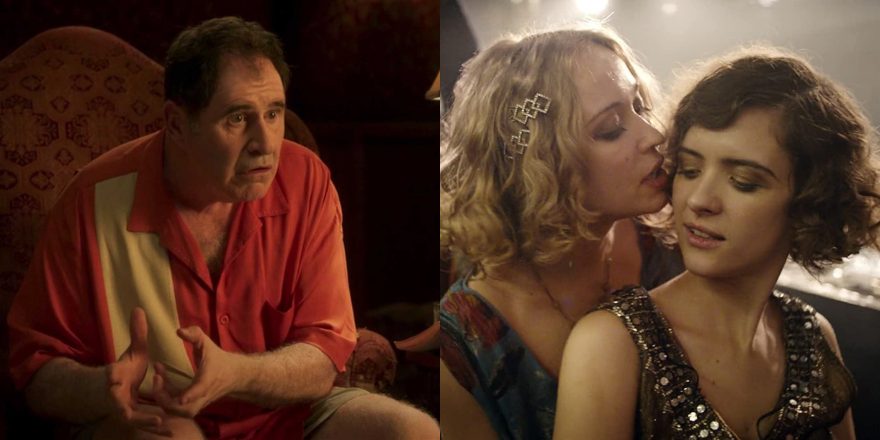Three Great Things is Talkhouse’s series in which artists tell us about three things they absolutely love. To mark the October 1 release of Old Henry, the Western starring Tim Blake Nelson, Trace Adkins and Stephen Dorff, fan-favorite Nelson shared some of the things that bring him the most pleasure. — N.D.
This was tough, because I sort of love everything. I remember the actress Lois Smith once called me when I was in a bad mood because a role that I had played had not the splash that I thought it would and I felt like I was back to square one as an actor. She told me, “Life is not about single moments, it’s about an accumulation.” So I don’t think of moments in time, I think of the times between the times. I did come up with three aspects of my life or pursuits that I love, but it’s hard to say they’re the top three …
Watches
I’m a tireless watch collector, but of a particular sort. I don’t buy the really expensive ones, so I don’t have a Rolex Daytona or a GMT. I don’t have a Breitling Chronograph. I don’t have 10 Patek Philippes. I don’t have a Yema Mario Andretti racing watch. I like oddball watches of all sorts made before 1975, and particularly those that cost under $500.
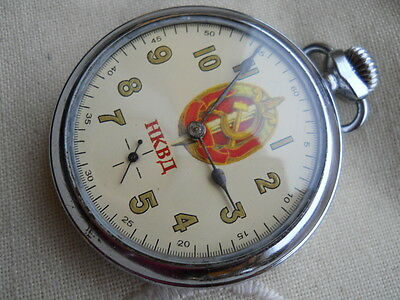
I have probably 40 Soviet watches from the 1950s that cost me about $20 apiece that I bought when I was making a film in Bulgaria. I have on my desk next to me a pocket watch from 1942 that is marked on the back “NKVD,” which was the Soviet version of the Gestapo. I bought the watch in Bulgaria, so whoever wore it was probably a guard in a prisoner-of-war camp there, and I imagine must have been an unsavory fellow. Why do I have it? I suppose because it’s most of all a piece of history, even if antithetical to who and what I am. What else? I have watches for the blind from the 1950s, where you press a button on the side, the crystal opens up and you feel the time. I have driving watches, which have hinges around the face of the watch, so that the piece can sit on the side of the wrist while one is driving and one doesn’t have to turn the wrist, which might interfere with steering the automobile. Those came and went in the 1950s. I have probably 40 early bumper automatic watches, which were also all the rage in the ’50s, when it was a novel technology, that wind from the hand moving. (Today I’m wearing an Omega bumper automatic, a Seamaster with a rare gray dial.) One of my most cherished watches is a wristwatch from Czarist Russia, i.e. before 1917.
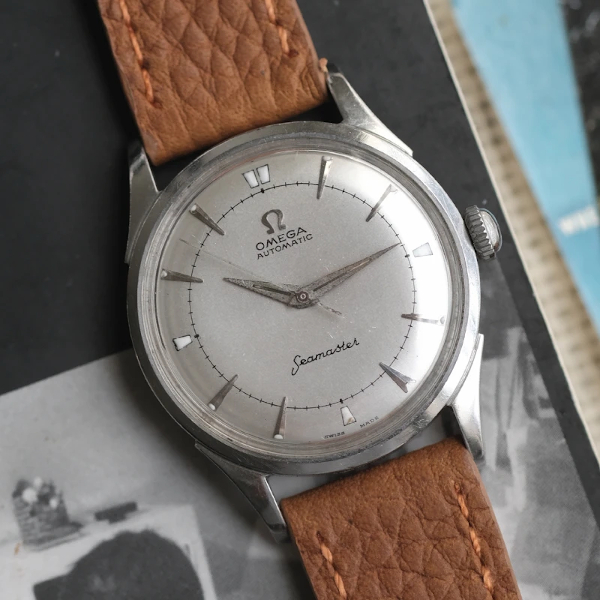
What I love about watches is that each is its own little work of art, because there’s an architecture to them and a design element that in a really good watch is the result of a tremendous amount of thought, clear aesthetic sensibility, and a take on the tastes of the time in which it was made, and thus quintessentially artistic. And yet at the same time, behind them is an unbelievably intricate, tiny machine that is measuring something that can’t be measured. Because it’s infinite. And so with a watch, in every watch, I think you see what’s best in humans, in terms of what we can accomplish through industry and art.
The Hours Between 5 and 7 p.m.
I love being at home during the hours between five and seven. When I’m not out on the road, acting or directing, it means I’ve put in a day writing, and by about 4, my three boys are home. On those days, I’ll go into the kitchen at 5, open a bottle of wine and start cooking. Halfway through the cooking, I’ll have a break to write in my journal about what went on that day, and start listening to some music—anything from jazz to reggae to folk or something one of my boys’ has recommended. Hopefully my wife, Lisa, will wander in.
At about 6:30, we’ll sit down for family dinner and all be together, arguing about some topic of the day or speaking in much more mundane fashion about what everybody got up to. My favorite dinners are the ones in which we get into a fierce dispute– not personal, but about some idea or belief. Or a book somebody read, or what the best rap album was from the past five years.
It’s during those two hours that I feel happiest and most complete, and living the life I hoped to have for myself when I was in my 20s. I feel this way at home between 5 and 7 more than when I’m doing anything else, anywhere else, including acting or directing. Sadly, now two of my boys are in college, it’s less populated in our house. Our youngest son, who’s 16, probably wishes that his brothers were there to defend him against my aggressive cherishing of those two hours.
Tom Waits
I think Tom Waits is, in music or any other medium, as impressive an artist as has existed over the past 50 years. I say that because he, more than anyone else I could name who creates for a living, has never settled inside of his success, but has always kept pursuing new forms of expression within his medium. He is someone who started out almost like Jim Croce, a singer songwriter mostly playing guitar or piano. And then he evolved into a sort of lounge jazz singer, and then a hardcore rhythm and blues artist, and then into a melding of jazz rock and Kurt Weill. And next to a style that could only be described as “Tom Waits,” harkening back to early jazz, Tin Pan Alley songwriters, avant-garde classical music and mid-century German theatre, using all that to become what we now know as Tom Waits. And he continues to evolve. I can’t wait for his next album, should there be one. I look at what he’s accomplished, unable really to favor any of his periods of expression over another. And I marvel, because here, above all, is someone who has been utterly unafraid as a creative person.
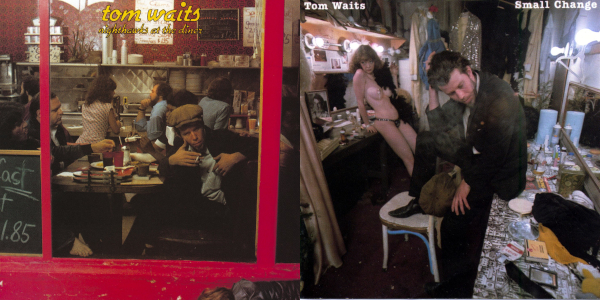
My relationship with his music started when I was growing up in Oklahoma and heard the albums Small Change and Nighthawks at the Diner. It was like when I first heard Frank Zappa or when I first saw Monty Python sketches: I felt like I was being introduced to nothing short of possibility, that there was a huge world out there that I could go and explore. He was a beacon. Since I first heard his music when I was in the sixth and seventh grade, I got to grow up through all these changes he would eventually make and be surprised by them, which became a further metaphor for what was possible.
After my wife and I had just had our second child, I got a call from my agent, who said, “Tom Waits would like your phone number.” I said, “By all means, give it to him.” It was at that time between 5 and 7 p.m. and I was in my apartment. We had only the two kids at the time, and the younger was only four months old. When the phone rang, the Caller ID read: “Tom Waits.” My wife just laughed and said, “All right, here you go!”
He asked me if I’d be interested in going on a world tour, to play the male lead in The Black Rider, the Robert Wilson theatre piece for which he’d written the music and lyrics. We talked for about an hour, and it was extraordinary. My oldest boy, who was four at the time, and to whom I’d been playing Tom Waits since he was six months old, said, “Is that Tom Waits?” When I replied yes, he demanded, “Ask him if he’s a man or a monster.” And so I asked Tom, and he said, “Both.” Unfortunately, I couldn’t go on the world tour, because we had our new baby and I couldn’t justify being away for what would amount to a year. But at least I was able to tell Tom what he meant (and still means) to me.


